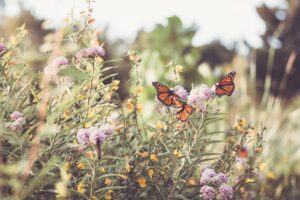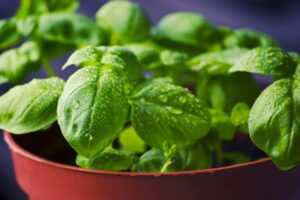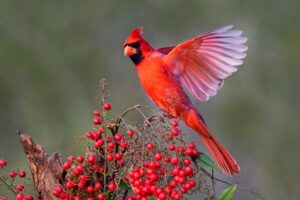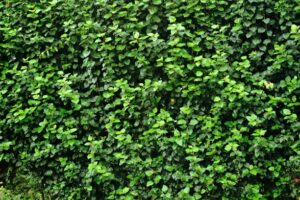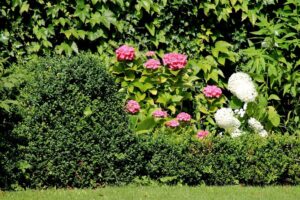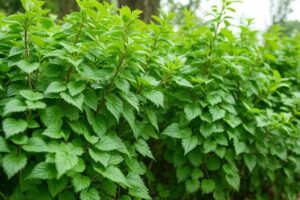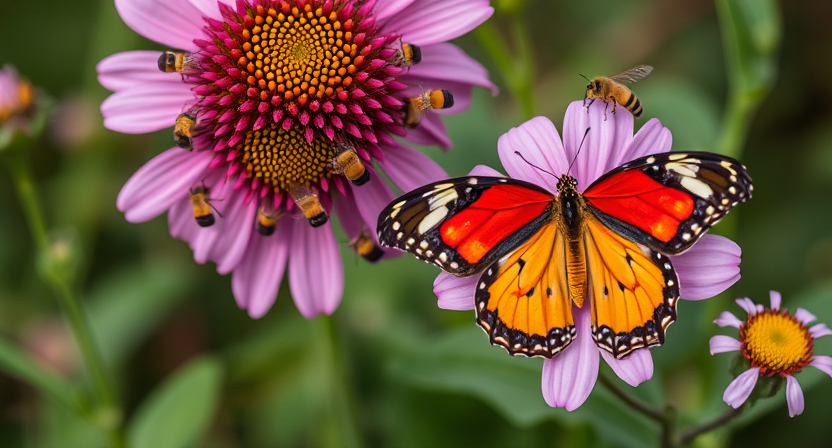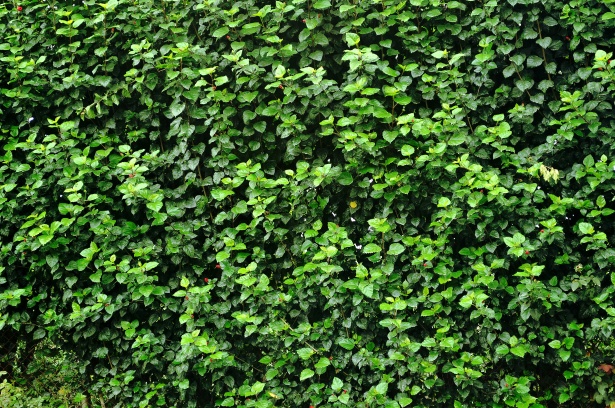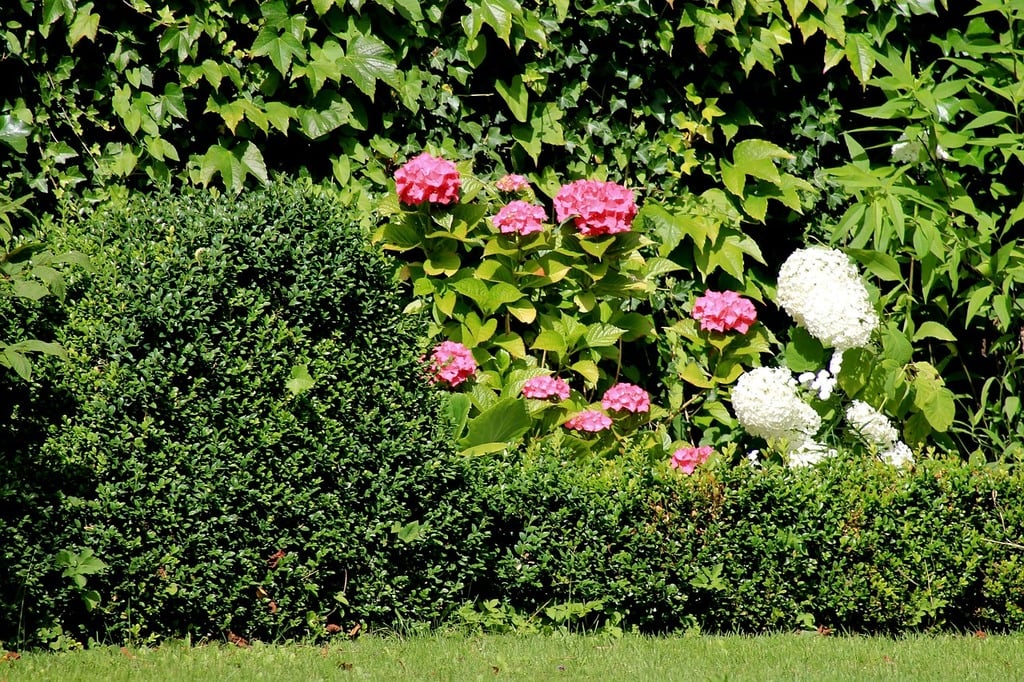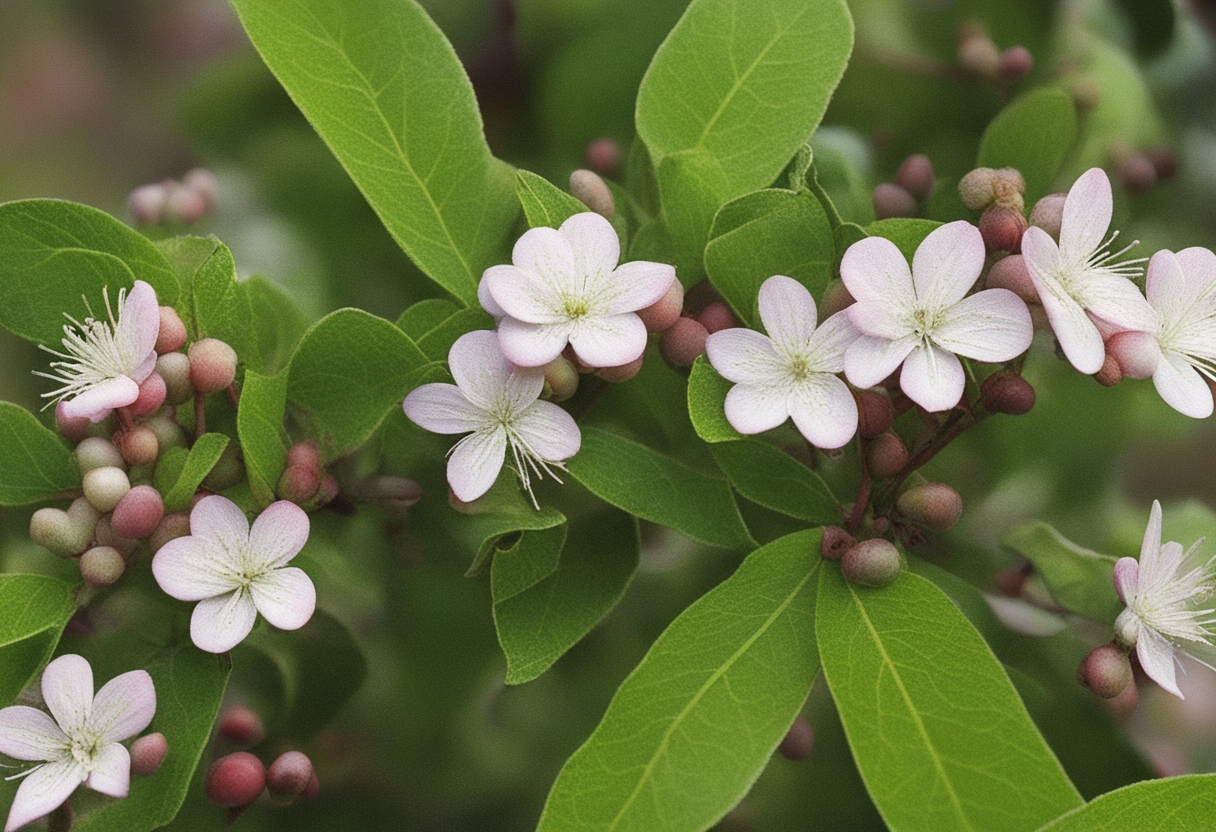Shrub Characteristics That Attract Pollinators
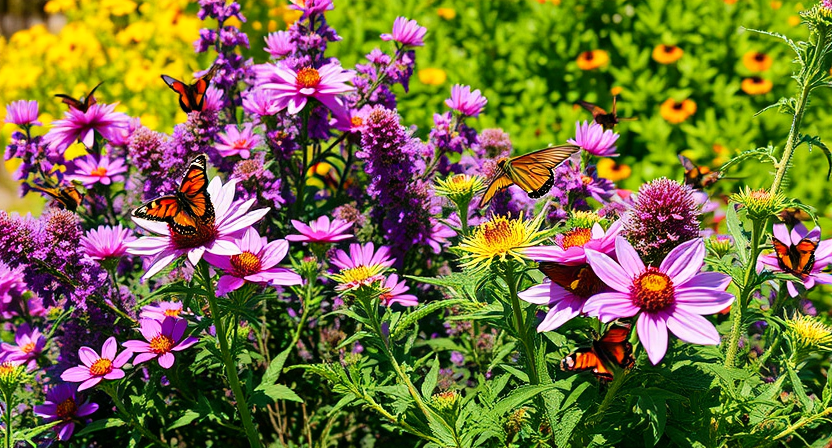
Shrubs play a crucial role in attracting pollinators due to their unique characteristics. One of the key traits that make shrubs appealing to pollinators is the abundance of nectar-rich flowers. These flowers produce a sweet liquid that acts as a fuel source for butterflies, bees, and other important pollinators. The vibrant colors and enticing scent of the flowers act as magnets, attracting pollinators from far and wide. Additionally, shrubs that have a long flowering period are particularly attractive to pollinators as they provide a consistent and reliable food source throughout the seasons. The extended blooming time allows pollinators to visit these shrubs repeatedly and ensures a steady supply of nectar for their sustenance.
Another characteristic that attracts pollinators to shrubs is the presence of shelter and nesting sites. Many shrubs offer dense foliage, thorny branches, or even hollow stems that provide safe havens for butterflies, bees, and other pollinators. These spaces offer protection from predators and harsh weather elements, allowing pollinators to rest and shelter when needed. Additionally, certain shrubs provide suitable materials for constructing nests, such as soft leaves or twigs, which are essential for the survival and reproduction of pollinator populations. By offering both food and shelter, shrubs create an inviting and supportive environment for these important creatures.
• Abundance of nectar-rich flowers
• Vibrant colors and enticing scent
• Long flowering period for consistent food source
• Shelter and nesting sites with dense foliage, thorny branches, or hollow stems
• Protection from predators and harsh weather elements
• Suitable materials for constructing nests
Shrubs That Provide Nectar for Butterflies and Bees
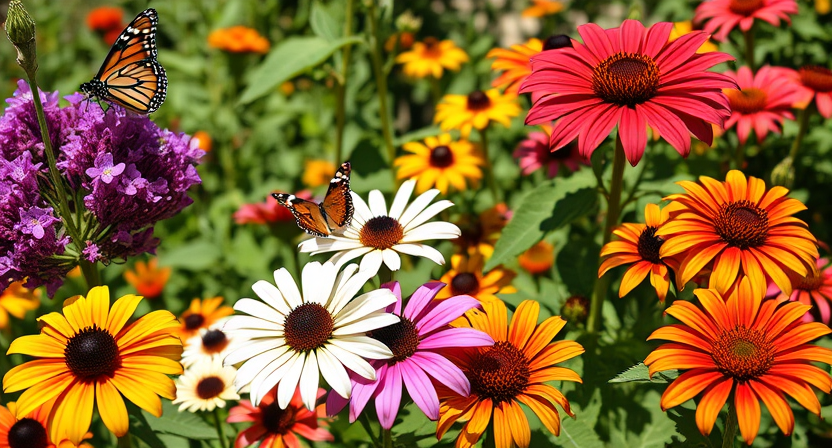
Shrubs that provide nectar for butterflies and bees are an essential addition to any garden or landscape. These shrubs are not only beautiful to look at but also serve as a valuable food source for these pollinators. Nectar is a sweet, sugary liquid found in the flowers of these shrubs, attracting butterflies and bees with its irresistible aroma and taste.
One popular shrub that provides ample nectar for butterflies and bees is the butterfly bush (Buddleja davidii). With its long, cone-shaped flowers in vibrant colors such as purple, pink, and white, the butterfly bush is a magnet for these pollinators. Its sweet nectar is filled with nutrients, making it a favorite pit-stop for butterflies and bees looking to refuel. Another notable shrub is the Mexican sunflower (Tithonia diversifolia). This large shrub produces bright orange flowers in abundance, making it highly attractive to butterflies and bees. Their visits not only benefit these pollinators but also enhance the overall beauty of the garden.
By incorporating shrubs that provide nectar for butterflies and bees into your landscape, you not only create an enticing environment for these pollinators but also play a crucial role in their survival. These shrubs can serve as a vital source of nutrition, helping them to thrive and continue their vital role in pollination. So, consider adding some of these nectar-rich shrubs to your garden to create a haven for both butterflies and bees.
• Butterfly bush (Buddleja davidii) is a popular shrub that provides ample nectar for butterflies and bees.
• Its long, cone-shaped flowers in vibrant colors attract these pollinators.
• The sweet nectar of the butterfly bush is filled with nutrients, making it a favorite pit-stop for butterflies and bees looking to refuel.
• Mexican sunflower (Tithonia diversifolia) is another notable shrub that provides nectar for butterflies and bees.
• This large shrub produces bright orange flowers in abundance, attracting these pollinators.
• Their visits not only benefit the pollinators but also enhance the overall beauty of the garden.
By incorporating shrubs that provide nectar for butterflies and bees into your landscape:
– You create an enticing environment for these pollinators.
– You play a crucial role in their survival by providing them with a vital source of nutrition.
– These shrubs help butterflies and bees thrive and continue their vital role in pollination.
Consider adding some of these nectar-rich shrubs to your garden:
– Create a haven for both butterflies and bees.
– Enhance the biodiversity of your landscape.
Shrubs That Offer Shelter and Nesting Sites for Butterflies and Bees
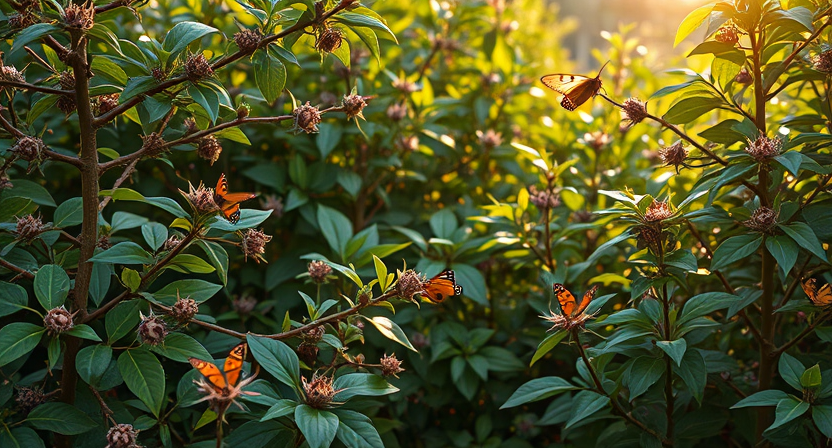
When it comes to supporting the habitat needs of butterflies and bees, providing shelter and nesting sites is crucial. Shrubs play a vital role in creating safe havens for these pollinators. The dense foliage and branching structure of certain shrubs offer an ideal environment for butterflies and bees to take shelter from adverse weather conditions, predators, and disturbances. These shrubs provide a natural refuge where pollinators can rest, protect themselves, and regroup before venturing out to forage for nectar and pollen.
In addition to shelter, many shrubs also offer suitable nesting sites for butterflies and bees. Some shrubs have hollow stems or branches that make excellent nesting locations for wild bees, while others have leaves or structures that serve as ideal spots for butterfly eggs or caterpillar chrysalises. These nesting sites provide protection and security for developing pollinator offspring. By incorporating shrubs that offer both shelter and nesting sites into our landscapes, we can create a more welcoming and supportive environment for butterflies and bees, ensuring their continued presence and contribution to our ecosystems.
• Shrubs provide safe havens for butterflies and bees to take shelter from adverse weather conditions, predators, and disturbances.
• The dense foliage and branching structure of certain shrubs create an ideal environment for pollinators to rest, protect themselves, and regroup.
• Shrubs serve as natural refuges where butterflies and bees can rest before venturing out to forage for nectar and pollen.
• Many shrubs offer suitable nesting sites for wild bees with their hollow stems or branches.
• Some shrubs have leaves or structures that serve as ideal spots for butterfly eggs or caterpillar chrysalises.
• These nesting sites provide protection and security for developing pollinator offspring.
• By incorporating shrubs that offer both shelter and nesting sites into our landscapes, we can create a more welcoming environment for butterflies and bees.
Shrubs That Provide a Source of Pollen for Butterflies and Bees
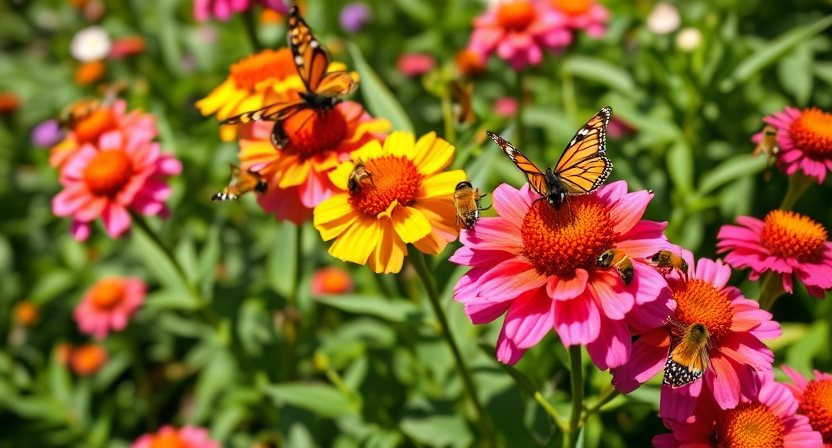
Shrubs that provide a source of pollen play a crucial role in attracting and supporting butterflies and bees. These pollinators rely on pollen as a vital food source, and having an abundance of shrubs that offer this resource is essential for their survival. When selecting shrubs for your garden, consider those that produce an ample amount of pollen, as this will help create a diverse and thriving pollinator habitat.
One popular shrub that provides a rich source of pollen is the butterfly bush (Buddleja davidii). This shrub is known for its beautiful, vibrant blooms that attract a wide variety of butterflies and bees. Not only does the butterfly bush offer nectar-rich flowers, but it also produces an abundance of pollen that serves as an important protein source for these insects. By planting butterfly bushes in your garden, you can ensure that butterflies and bees have access to this essential food source, supporting their overall health and population.
• Butterfly bush (Buddleja davidii) is a popular shrub that provides a rich source of pollen for butterflies and bees.
• The vibrant blooms of the butterfly bush attract a wide variety of butterflies and bees.
• In addition to nectar-rich flowers, the butterfly bush produces an abundance of pollen, which serves as an important protein source for these insects.
• Planting butterfly bushes in your garden can support the overall health and population of butterflies and bees.
Shrubs That Have Fragrant Flowers to Attract Butterflies and Bees
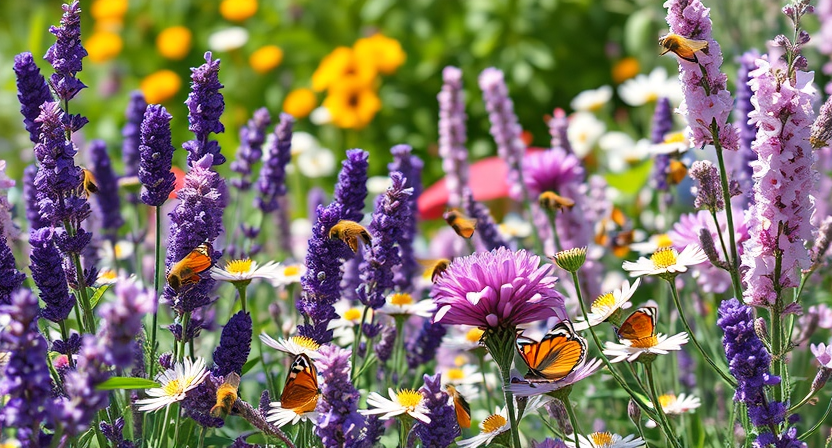
One of the most delightful ways to attract butterflies and bees to your garden is by planting shrubs that have fragrant flowers. These beautiful blooms not only add a pleasing scent to your outdoor space, but they also act as a powerful magnet for these important pollinators. Fragrant flowers possess a unique allure that can be irresistible to butterflies and bees, enticing them to visit your garden and aid in the pollination process.
When selecting shrubs with fragrant flowers, it’s important to consider the preferences of different butterflies and bees. Some species are particularly attracted to the scent of lavender, while others may be drawn to the sweet aroma of honeysuckle or jasmine. By planting a variety of shrubs with different scents, you can cater to a wide range of pollinators, ensuring that your garden becomes a fragrant haven for butterflies and bees throughout the season.
• Lavender: This fragrant shrub is a favorite among butterflies and bees, attracting them with its sweet scent.
• Honeysuckle: The irresistible aroma of honeysuckle flowers makes it a popular choice for pollinators.
• Jasmine: Known for its intoxicating fragrance, jasmine can be a powerful attractant for butterflies and bees.
• Lilac: The delicate scent of lilac blossoms is highly appealing to both butterflies and bees.
• Rosemary: Not only does rosemary add flavor to your cooking, but its aromatic flowers also entice pollinators to visit your garden.
Shrubs That Flower at Different Times to Support Pollinators Throughout the Season
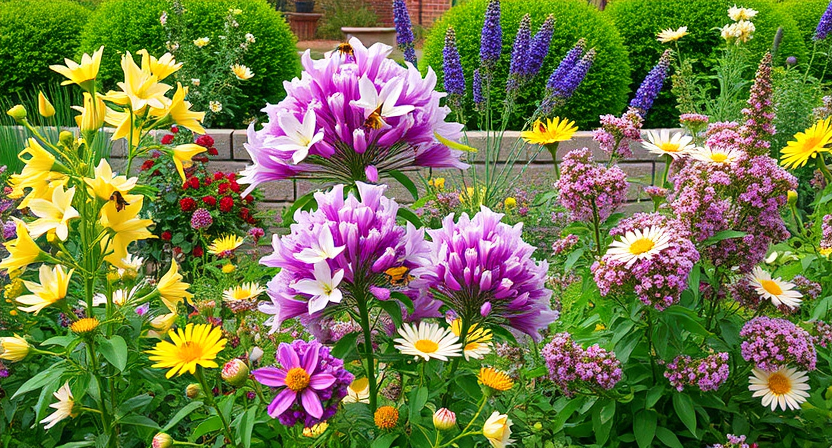
One of the key factors in creating a pollinator-friendly garden is to provide a consistent source of nectar and pollen throughout the entire season. This is especially important for butterflies and bees, as they rely on these resources for their survival. One way to achieve this is by planting a variety of shrubs that flower at different times throughout the season.
By carefully selecting shrubs that bloom at different times, you can ensure that there is always a source of food for pollinators. Early-blooming shrubs like Forsythia and Lilac can provide a much-needed food source in early spring when other plants may still be dormant. As the season progresses, shrubs like Butterfly Bush and Clethra will begin to flower, attracting a wide range of pollinators. Late-blooming shrubs such as Summersweet and Beautyberry can then keep the nectar and pollen flowing well into the fall, providing a crucial food source for pollinators as they prepare for winter.
By planting shrubs that flower at different times, you can create a garden that is not only visually appealing but also supports pollinators throughout the entire season. This ensures that there is always a source of food available for butterflies and bees, helping to sustain their populations and promote a healthy ecosystem. So, when planning your garden, be sure to include a diverse selection of shrubs that bloom at different times, and watch as your garden becomes a haven for pollinators.
• Forsythia and Lilac are early-blooming shrubs that provide food for pollinators in early spring when other plants may still be dormant.
• Butterfly Bush and Clethra bloom during the middle of the season, attracting a wide range of pollinators to your garden.
• Summersweet and Beautyberry are late-blooming shrubs that continue to provide nectar and pollen well into the fall, supporting pollinators as they prepare for winter.
• Planting a variety of shrubs that flower at different times ensures a consistent source of food for butterflies and bees throughout the entire season.
• Creating a garden with diverse blooming times not only supports pollinators but also adds visual appeal to your outdoor space.
Shrubs That Offer Foliage and Caterpillar Host Plants for Butterflies
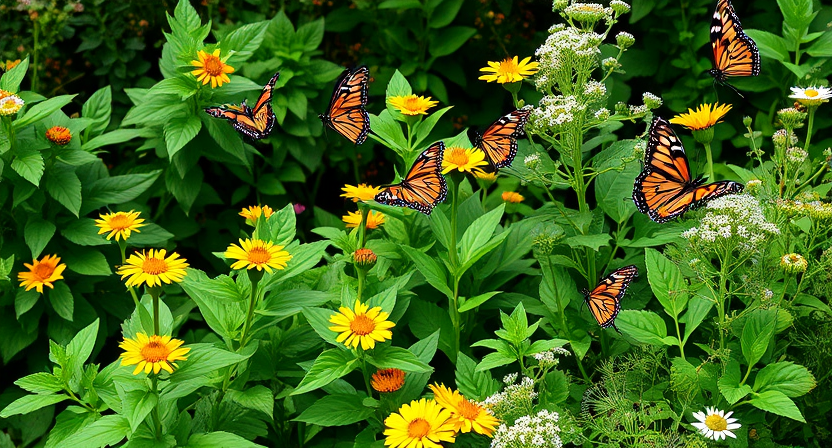
Shrubs that offer foliage and caterpillar host plants play a crucial role in supporting the life cycle of butterflies. These shrubs serve as a food source and habitat for butterfly larvae, also known as caterpillars. By providing specific plants that caterpillars feed on, such as milkweed for monarch butterflies or dill for black swallowtails, these shrubs attract a diverse range of butterfly species to your garden.
Creating a habitat with shrubs that offer foliage and caterpillar host plants not only benefits butterflies but also adds a beautiful touch to your landscape. As caterpillars munch on the leaves of these shrubs, they transform into colorful butterflies, enhancing the visual appeal of your garden. Moreover, by supporting the growth and development of caterpillars, these shrubs contribute to the overall health and diversity of butterfly populations, making your garden a vital sanctuary for these delicate creatures.
• Shrubs that offer foliage and caterpillar host plants are essential for supporting the life cycle of butterflies.
• These shrubs provide food and habitat for butterfly larvae, also known as caterpillars.
• Specific plants, such as milkweed for monarch butterflies or dill for black swallowtails, attract a diverse range of butterfly species to your garden.
• Creating a habitat with these shrubs adds beauty to your landscape while benefiting butterflies.
• As caterpillars feed on the leaves of these shrubs, they transform into colorful butterflies, enhancing the visual appeal of your garden.
• Supporting the growth and development of caterpillars contributes to the overall health and diversity of butterfly populations.
Shrubs That Provide Water Sources for Butterflies and Bees
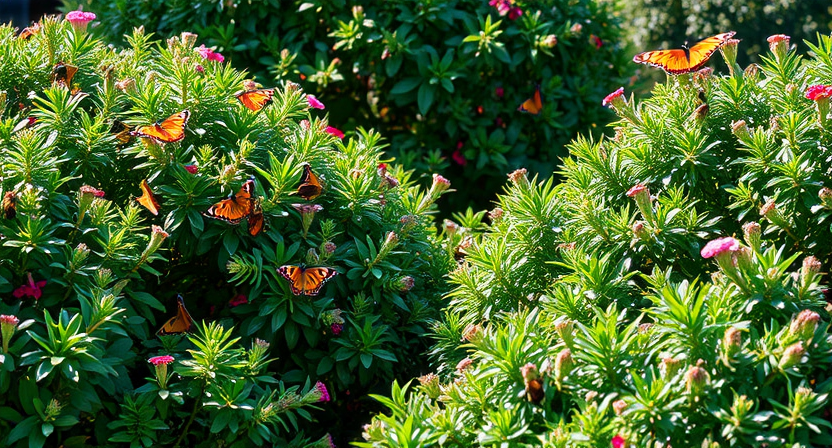
A vital aspect of creating a welcoming environment for butterflies and bees is ensuring that they have access to water sources. Shrubs that provide water sources serve as essential elements in supporting the health and vitality of these pollinators. By offering a source of fresh water within the vicinity, these shrubs satisfy the thirst of butterflies and bees, particularly during dry and hot periods.
The presence of water sources is crucial for butterflies and bees as they require it not only for drinking but also for other important activities in their lifecycle. Butterflies, for instance, need water to liquefy solid food, while bees utilize it for cooling their colony and maintaining humidity within their hive. Additionally, water sources near shrubs can act as points of attraction for pollinators, making these shrubs an inviting hub for bees and butterflies to gather and access the water they need.
• Shrubs that provide water sources are an important component in supporting the health and vitality of butterflies and bees.
• These shrubs offer a source of fresh water, satisfying the thirst of pollinators during dry and hot periods.
• Water sources are crucial for butterflies as they need it to liquefy solid food.
• Bees utilize water for cooling their colony and maintaining humidity within their hive.
• Water sources near shrubs can act as points of attraction, making these shrubs a gathering place for bees and butterflies.
Shrubs That Thrive in Various Climate Zones for Pollinator Support
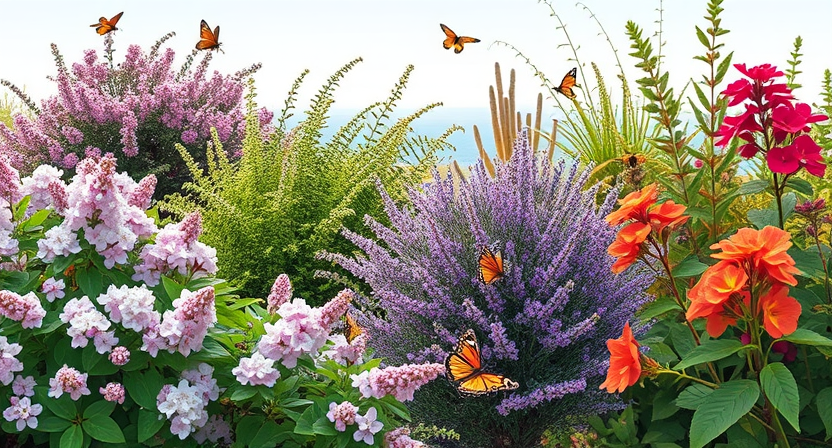
Shrubs play a crucial role in supporting pollinators like butterflies and bees in various climate zones. These shrubs not only provide a habitat for these important insects but also offer them a reliable source of food. By choosing shrubs that thrive well in different climate zones, gardeners can ensure that their pollinator populations flourish throughout the year.
In cooler climates, shrubs like lilacs and viburnums are excellent choices for attracting pollinators. These hardy shrubs can endure colder temperatures and still provide nectar and pollen to butterflies and bees. In warmer climates, options such as butterfly bushes and lantanas thrive, offering a continuous supply of nectar for the pollinators. It is important to select shrubs that are well-suited to the specific climate zone to ensure their sustainability and support for pollinators.
• Lilacs and viburnums are excellent choices for attracting pollinators in cooler climates.
• These hardy shrubs can endure colder temperatures and still provide nectar and pollen to butterflies and bees.
• Butterfly bushes and lantanas thrive in warmer climates, offering a continuous supply of nectar for the pollinators.
• It is important to select shrubs that are well-suited to the specific climate zone to ensure their sustainability and support for pollinators.
Shrubs That Are Low-Maintenance and Sustainable for Attracting Butterflies and Bees
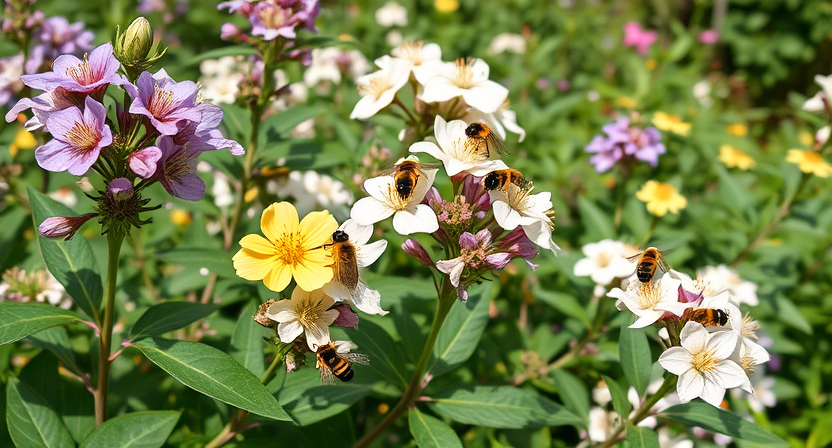
When it comes to attracting butterflies and bees to your garden, choosing low-maintenance and sustainable shrubs can make a significant difference. These types of shrubs require less water, fertilizer, and pruning, making them ideal choices for busy gardeners or those looking to reduce their environmental footprint. Additionally, low-maintenance shrubs often have sturdy growth habits, making them more resistant to pests and diseases, which means less effort and fewer chemicals needed for maintenance. By selecting shrubs that are naturally suited to your climate and soil conditions, you can ensure they thrive with little intervention while still providing essential resources for pollinators.
Sustainability is another vital aspect to consider when selecting shrubs for attracting butterflies and bees. Opting for native or regionally-adapted shrubs helps maintain the balance and biodiversity of your local ecosystem. Native plants have co-evolved with local pollinators, ensuring they provide the necessary food and habitat for these beneficial insects. By incorporating these shrubs into your landscape, you support the natural pollination process and create a nurturing environment for butterflies and bees. Furthermore, native shrubs often require fewer inputs in terms of water and fertilizers since they are already adapted to the local weather and soil conditions, promoting a more sustainable and eco-friendly garden.
• Native or regionally-adapted shrubs are ideal for attracting butterflies and bees
• These shrubs provide necessary food and habitat for pollinators
• Native shrubs require fewer inputs such as water and fertilizers
• Choosing low-maintenance shrubs reduces the need for watering, pruning, and fertilizing
• Low-maintenance shrubs have sturdy growth habits that make them more resistant to pests and diseases
• Less effort and fewer chemicals are needed for maintenance of low-maintenance shrubs
• Selecting shrubs suited to your climate ensures they thrive with little intervention
• Sustainable shrub choices help reduce environmental footprint in gardening.


